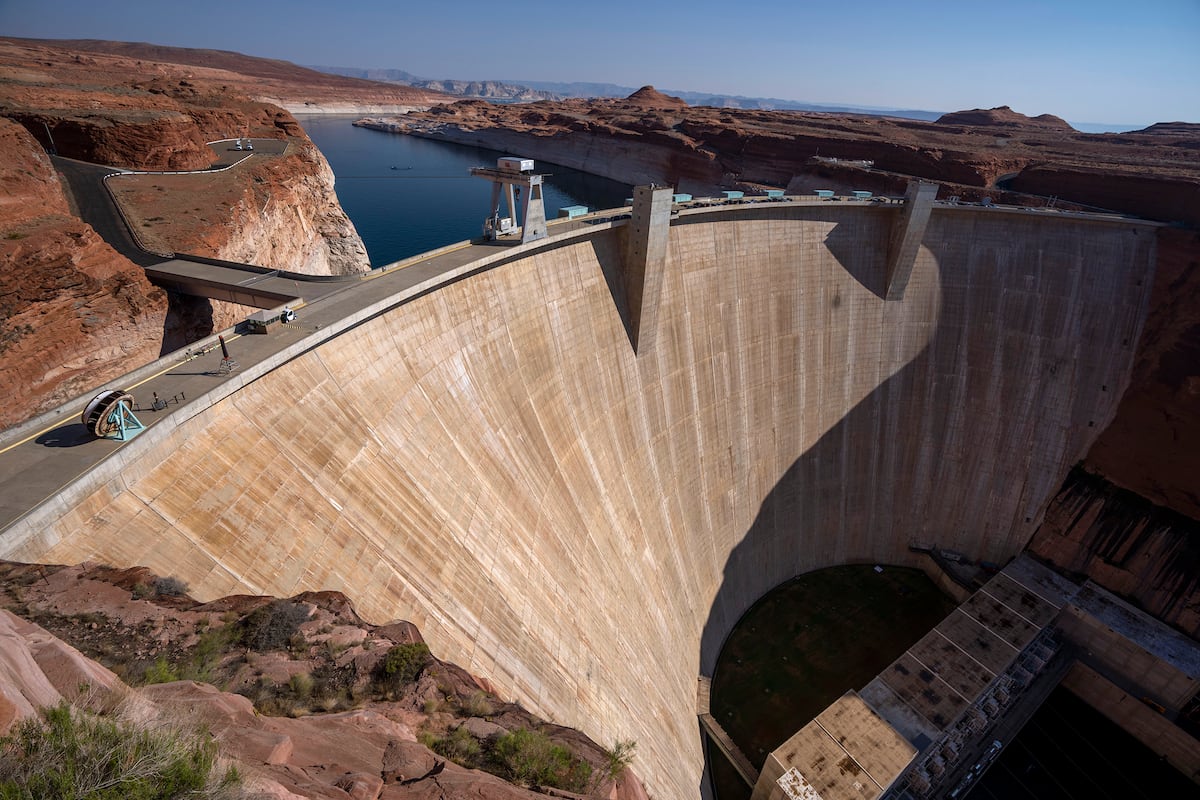Originally Posted by
ddgdlI would bet everything in AZ closes within a decade or so. NM likely next after that, with Taos being the last one standing
I'm guessing you don't have much experience skiing here.
My response-
I think it's more complicated than that. Sure, Arizona and New Mexico are the simple and obvious immediate responses but there's more to it than pointing out the farthest southern south west ski areas.
I'll use Snowbowl as an example since I'm familiar and I promise this isn't a defensive knee jerk reaction because it's been my home ski area for 20 years. If it closes I'm fine with that honestly. I'm at a point in life where everything "is what it is", I know that may sound dark to some but.....it is what it is!
So, Snowbowl sits at an elevation between 9300 to 11,500. It's high and is predominantly north facing so it has great snow retention. The sun here is strong and the days are often warm but the nights are generally very cold giving them optimal conditions for blowing snow. The water for snowmaking comes from reclaimed waste water so even though we are going into critical drought conditions they are likely going to have water for many years to come. It's an incredibly successful little ski area now and is the only shop in town within a two hour drive of a massive population base. I compare it to Hunter in NY as far as cornering a market except here there is zero competition. Even if Mother Nature runs completely dry they can still be hugely profitable by making man made snow for the desert dwelling masses. It's a huge local economic booster so even as conditions become critical the local villagers are going to fight as hard as they can to keep the place open. The only way it would be shut down imo is if things get so bad that we are relying on reclaimed waste water for our basic needs. It's probably going to take a while before people are going to be convinced to drink their own piss and shit water no matter how bad ass those filters are.
The ski areas that are going to go down first are the smaller operations that don't have a reliable source of water for snowmaking or any snowmaking at all, don't have a strong base to market to and are at lower elevations. Think Sipapu, Pajarito, Mount Lemon (already runs on life support from a wealthy owner) or Elk Ridge (closed years ago) in Williams, AZ. Shit, Sipapu, Hesperus and Pajarito could be argued that they already are on life support that's paid for by Snowbowl and Purgatory's success. Maybe that little joint in Utah as well. Colemans wealth is a factor too I imagine but as a stand alone ski area, Snowbowl rakes it in. Seriously, I wouldn't be surprised if it's in the top five most financially viable ski areas in the country. I'm no expert but I bet this is comparable to ski areas in every state no matter how far north. Some will continue to hold on as others fade away because of the exact same factors.
Taos I imagine will be holding on as long as they can, it's a classic and people aren't going to let go of it. It's high in elevation but I'd bet ya it doesn't make nearly as much money as Snowbowl does and I don't see much of a reason for people to vacation there if they are opened solely on their ski runs that have snowmaking. Taos is kind of in the middle of nowhere. There's little reason for Albuquerque skiers to drive to Taos for artificial skiing surfaces when Santa Fe (has a base elevation of 10,350 ft.) could have the same amount of acreage covered in snowmaking. In fact, I could see Ski Santa Fe's success becoming stronger as natural snow disappears, not Taos.
California ski areas may be more volatile than AZ and NM resorts. They are mostly at lower elevations and already feeling the pinch of a changing climate plus Californias wildfire problem isn't getting any better.
One thing worth noting is that as the weather patterns change we are seeing different sorts of storms in the SW. Yeah, sometimes it rains to the roof but a lot of the time we are getting much heavier snow, both in volume and water content. It's not like that cold smoke Colorado fluff where 100 inches of new equals 35 inches of base, it only takes 40 inches of snow to get that 35 inch base. So far I think we've had what? 75-85 inches of snow this season but guess what? It's set us up for a base that will last throughout the busy periods and keep the area opened until April. We don't need a ton of snow to be successful and truthfully, most people prefer warm and sunny skiing anyways! even though the weather is getting harder to predict and the pendulum swings are more extreme when we do get snow, we get some pretty intense storms. That aspect is still sort of the unknown. Imagine the San Juan mountains getting a snowpack that behaves more coastal, is warmer and has more reliable stability. That thought is kind of exciting, imagine the ski lines that would more regularly come into play.
There's a lot more factors in this than who's the farthest south or where is it drying out the most. A lot will be based on an ability to create snow and if there's a market for profit.

 www.cnn.com
www.cnn.com

 www.sltrib.com
www.sltrib.com






